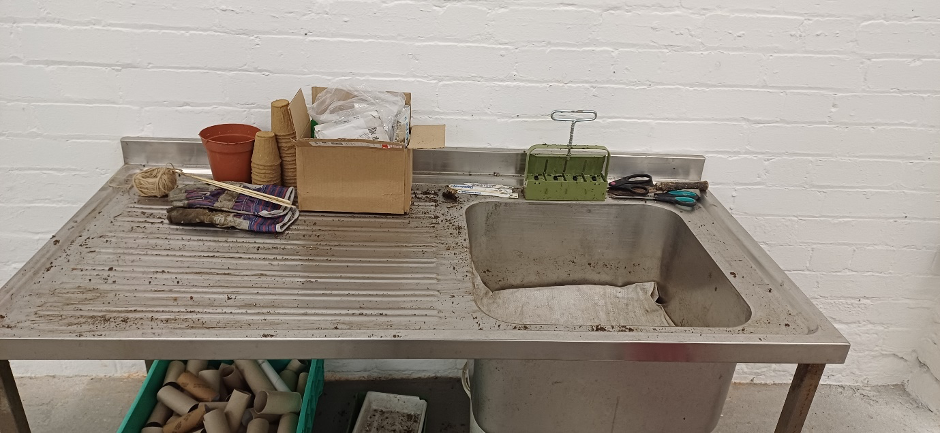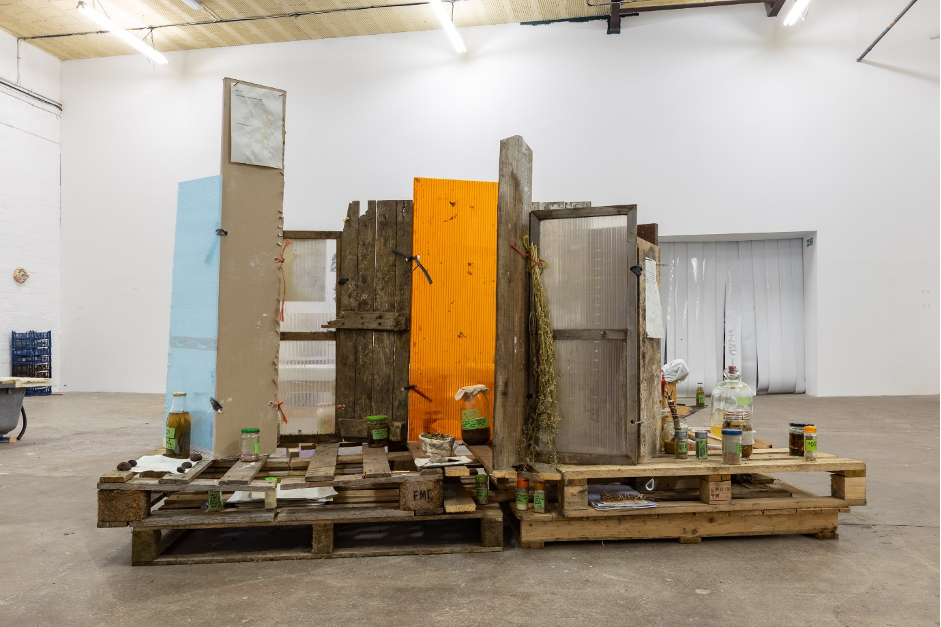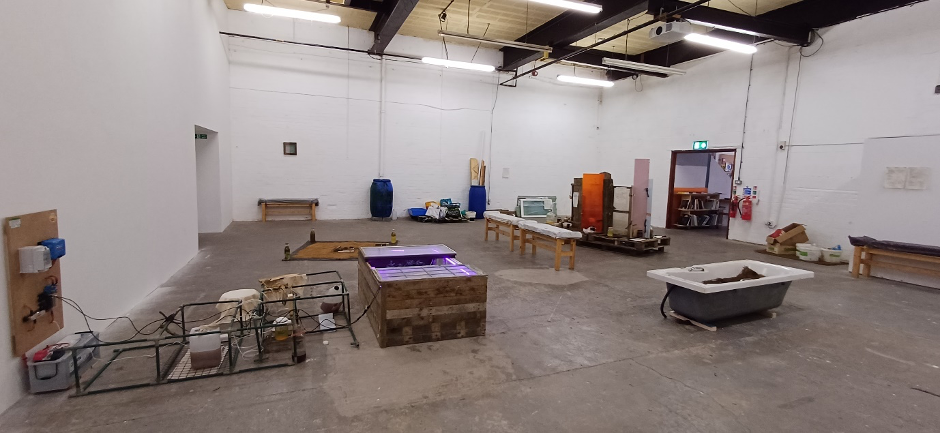Calls for Knighton residents' views on traffic enforcement
Plus: Covid-19 Public Inquiry finds that UK was 'failed' by government’s Covid response that saw Leicester locked down the longest.
There is a well-known phrase that says: “If you shake a Leicester man by his collar, you will hear the beans rattle in his belly.” This was because Leicestershire people realised how easy and efficient it was to grow beans for themselves and their families.

That is what inspired Sean Roy Parker when he found the well-known phrase in a book from the 1600s – that referred to people as “Bean-Bellies.” Now, Parker – an artist, writer, and gardener – has launched an exhibition inspired by it: The Beans. The exhibition by Parker focuses on alternative ways of making, consuming, and processing that harms the environment as little as possible.
The Beans exhibition allows visitors to take a bean plant home to plant them in their own garden, allotment, or balcony. The idea is that these people then became “bean fosters” and they watch them grow and develop. After some time, all of the bean fosters will regroup for a meal where they will discuss their experiences growing the beans. This information then goes towards a bean library that will be developed in the coming years.
The show that was based at Two Queens focused on three different themes. The first is convivial food growing. This is when communities feed off their own produce that they’ve grown rather than relying on others to grow and create their food.
The second is permaculture living systems. This is the ideology that systems, in society, should focus on producing produce which can exist without polluting and harming the environment. This idea mainly focuses on creating a sustainability.
The final theme that the exhibition focuses on is low-tech resourcefulness. This is the understanding that communities and individuals do not need expensive resources to advance or succeed in their tasks.

When talking about the exhibition, Parker said: “The Beans is an exhibition about expanding our ideas of what constitutes art materials.”

As part of the exhibition, there was a wormery that housed one thousand worms. The exhibition also had a growing bed that ran completely off solar panels, which were installed on the roof. Parker further demonstrated low-tech resourcefulness when he was using rainwater that was harvested from the roof to grow the plants and incorporating the life cycle. This was also part of Two Queens journey to transition into a more eco-responsible management.
In the exhibition, there were texts components that represented the communications between the artists and the community gardens. One read:
“Sun 30 April
Soak the bean in tea to wake her up,
For she knows the time but is sleepy.
I deserve the dormancy of a haricot.”
Parker’s interest in the environment and limiting the amount of harm started during his 20s after he experienced depression. He later realised that this depression was caused by how the world was being treated. Parker believed that ecological issues were affecting him negatively, and he used art as a way for him to process his feelings.
Now, after years of studying and learning about the world we live in, he strives to find different ways of having a relationship with food, farming, and the environment for a deeper psychological shift rather than a consumerism shift.
Parker said: “My practices really is about trying to understand food and farming.” He added: “A lot of my work is about understanding how different life forms coexist.”

Courtney Askey, an artist from Leicester, attended the exhibition and said: “You can feel the fact that it had been made by multiple people but also has a collaborative element with the earth and nature – which I think is obvious in the works.”
With the exhibition, Parker wants visitors to see the works not as an answer but as a set of fresh questions about material processes and how can we reshape the way we think about the life cycle.
In the future, Parker hopes to keep making art and keep challenging accepted norms of art production, keep connecting with people through food and also keep exploring his taste buds.
Askey added: “It had the environmental component, I thought it was really cool, and it’s something that I haven’t seen done in Leicester before.”

She observed that whilst the exhibition is all about sustainability and the environment, it has been placed in the busy city of Leicester – in which the two clash with each other. She added: “I also really loved how much it smelt because obviously there are things growing in it. It was quite striking when you went in you could smell the earth and the growing and fermenting.”
The exhibition had been built from scraps and surplus matter and in order to further promote sustainability. All the materials used for the show will be reused or passed on to neighbourhood growing spaces, so that they can mature over the summer.
Fascinating local stories and great recommendations to your email inbox every Monday at 6am.